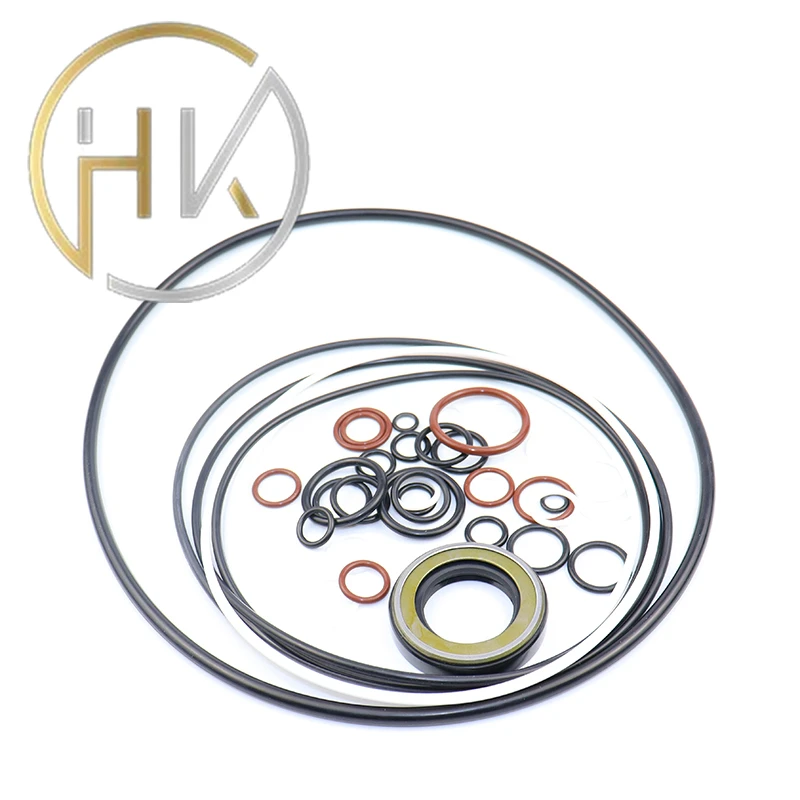Dec . 11, 2024 06:02 Back to list
Effective Solutions for Bearing Dust Seals in Machinery Maintenance and Performance
Understanding Bearing Dust Seals Protection and Performance
Bearings are essential components in countless machinery and mechanical devices, playing a critical role in reducing friction and enabling smooth operations. However, the performance and longevity of bearings can be severely compromised by dust, dirt, and other contaminants that infiltrate their internal structures. This is where bearing dust seals come into play. Understanding the importance, types, and maintenance of bearing dust seals can help ensure optimal performance and longevity of bearings in various applications.
The Importance of Bearing Dust Seals
Bearing dust seals are specially designed components that act as barriers against contaminants. They play a vital role in maintaining the integrity of the lubricants used within bearings, which are critical for reducing friction and wear. Without proper sealing, dust and debris could enter the bearing assembly, leading to increased wear and tear, overheating, and, ultimately, bearing failure.
In many industrial and automotive applications, bearing dust seals help ensure that the bearings can operate effectively even in harsh environments. They are crucial in machinery used in construction, agriculture, mining, and other sectors where exposure to dust and particulate matter is common. A reliable dust seal can save companies significant costs associated with downtime, repairs, and replacements by extending the lifespan of bearings.
Types of Bearing Dust Seals
There are various types of bearing dust seals, each designed to meet specific requirements and operating conditions
. The most common types include1. Labyrinth Seals These seals create a complex path for contaminants, making it difficult for dirt and debris to pass through. Labyrinth seals are often used in applications where minimal leakage of lubricants is critical.
2. Lip Seals Featuring a flexible lip that makes contact with the bearing surface, lip seals are effective in containing lubricants while preventing dust from entering. They are commonly utilized in a variety of applications due to their reliability and simplicity.
3. Contact Seals These seals maintain constant contact with the bearing surface and are designed to prevent contaminants from entering while retaining lubricants within the bearing. They can be effective in preventing dirt ingress, though they may create more friction compared to other seal types.
4. Metal Seals Made of metal materials, these seals are robust and can withstand extreme temperatures and pressures. Metal seals are often used in high-performance applications where traditional materials might fail.
Factors Influencing Seal Selection
bearing dust seal

Selecting the right bearing dust seal involves considering various factors
- Operating Environment The presence of dust, moisture, and temperature variations can impact seal performance. It is essential to choose a seal that will withstand the specific environmental conditions of the application.
- Speed of Operation Higher speeds may require seals designed to minimize friction and heat generation. Understanding the operational speeds will help determine the appropriate seal type.
- Lubricant Type Different lubricants may react differently with seal materials. It is crucial to ensure compatibility between the lubricant used and the seal to prevent premature wear or failure.
- Cost and Maintenance While selecting seals based on performance is crucial, cost considerations also play a vital role. Additionally, understanding the maintenance requirements of each seal type can help in planning and budget management.
Maintenance and Best Practices
Even with reliable bearing dust seals in place, regular maintenance is critical to ensure optimal performance. Here are some best practices
- Inspection Regularly inspecting seals for wear or damage can help identify issues before they lead to bearing failure.
- Cleaning Keeping the surrounding areas free of dust and debris can reduce the likelihood of contaminants entering the bearings.
- Lubrication Ensuring that bearings are adequately lubricated according to the manufacturer’s recommendations can enhance the effectiveness of the dust seals.
Conclusion
Bearing dust seals are a critical component for the reliable operation of bearings in various applications. By understanding their importance, types, and best practices for maintenance, engineers and operators can significantly extend the lifespan of bearings and improve machinery efficiency. Whether in industrial settings or automotive applications, investing in quality dust seals is a proactive approach to minimizing downtime and ensuring optimal performance.
-
TCN Oil Seal Metal Ring Reinforcement for Heavy Machinery
NewsJul.25,2025
-
Rotary Lip Seal Spring-Loaded Design for High-Speed Applications
NewsJul.25,2025
-
Hydraulic Cylinder Seals Polyurethane Material for High-Impact Jobs
NewsJul.25,2025
-
High Pressure Oil Seal Polyurethane Coating Wear Resistance
NewsJul.25,2025
-
Dust Proof Seal Double Lip Design for Construction Equipment
NewsJul.25,2025
-
Hub Seal Polyurethane Wear Resistance in Agricultural Vehicles
NewsJul.25,2025
-
The Trans-formative Journey of Wheel Hub Oil Seals
NewsJun.06,2025
Products categories
















